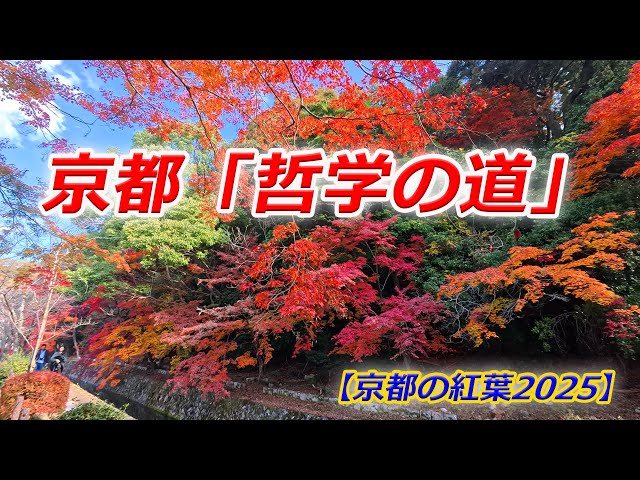This summer, a street corner collection box, usually used by households to dispose of used offerings during Obon, was spotted overflowing with general garbage at a famous tourist spot in Kyoto City. A woman who sent the information to the Kyoto Shimbun along with a photo said, "I was very disappointed to see foreign tourists putting their garbage in the wrong place." Walking around the town revealed the struggles of local residents coexisting with the bustling inbound tourism, as well as future challenges.

The offerings are collected by the city of Kyoto on August 17th, the day after the Gozan no Okuribi bonfires. Cardboard boxes are placed in approximately 600 locations around the city, including parks, near bridges, and garbage dumps. Spirit horses made from cucumbers and eggplants that have been offered to Buddhist altars, sweets, decorations, and more are all collected at the same time.

In the past, it was customary to throw offerings into rivers like the Takase River and the Kamo River, but in modern times, environmental measures are needed, so Kyoto City has prepared around 10,000 boxes labeled "offering containers" to separate them from general garbage and collect them. A representative from the Kyoto City Urban Beautification Promotion Division explained, "This project continues because it is unfortunate to treat offerings as garbage, and it may be a way of remembering ancestors that is unique to Kyoto."
A woman who runs a shop near Fushimi Inari Taisha Shrine (Fushimi Ward, Kyoto City) was saddened by the problem and contacted us with information. Since the collection boxes were set up on August 14, plastic bottles and skewers have been piling up. Someone must have taken the time to write a warning in English and other languages, but it was too late and there was no effect.






























